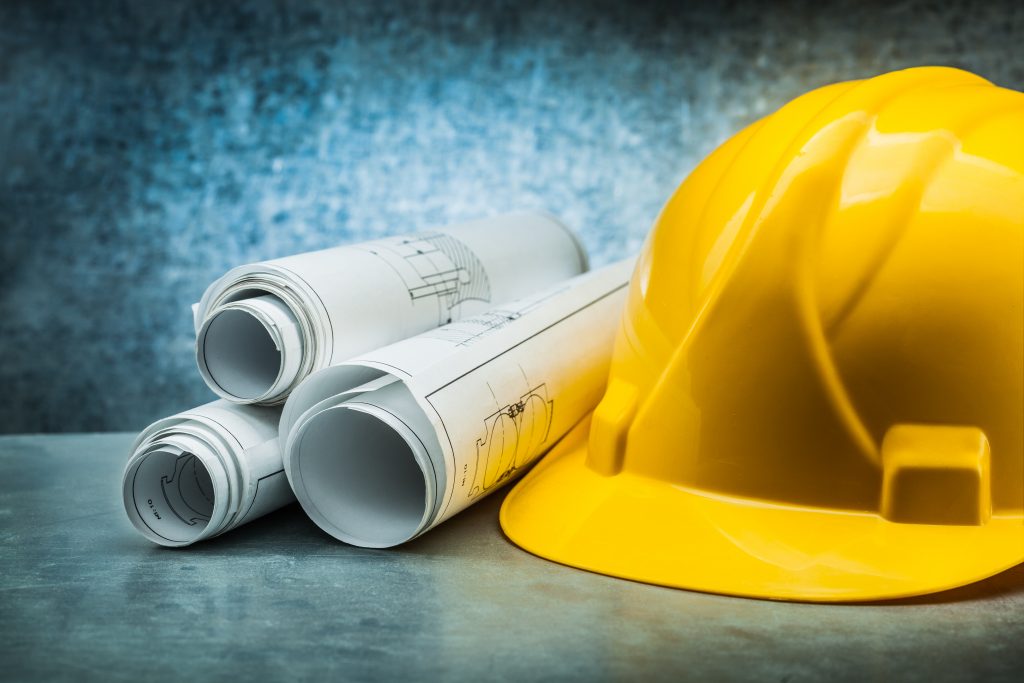Key Questions When Selecting a Pump

If the liquid you’re pumping contains solids, it is critical to select the right solids handling submersible pumps for your application to avoid clogs and motor burn out. In this post, we will help answer a few key questions will help determine which pump will solve your problems and prepare you to talk with your provider.
- What Type of Solids Are You Pumping?
As we are focusing on wastewater in this post, we can assume the solids are non-abrasive (note that abrasive solids require a hard metal, agitator pump). Most likely, these non-abrasive solids are large and soft or long and stringy. You also need to know if the solids need to be reduced to go into your system or to discharge, or if you just need to pass them.
Large, soft solids generally require a shredder pump that will shear the materials before pumping. Long, stringy solids generally require vortex pump that can pass the entire solid.
Understanding the type of wastewater is also helpful. These are generally categorized as municipal (including sewage) or industrial. While municipal wastewater is generally consistent from site to site, industrial wastewater solids and contaminants often vary based on the type of industrial site.
- What Solids Loading Can the Pump Handle?
In order to keep the solids moving with the liquid, there needs to be sufficient liquid either in the sump or in the system; otherwise, the pump will clog. Most solids handling pump designs can handle approximately 5% solids by volume. If your wastewater has a higher solids concentration, you will likely need to change the system to allow more water to accumulate in the sump or to add water to the process.
The sump pump basin size is also a factor. The basin should be sized to minimize the number of cycles per hour but cannot be so large that solids will settle instead of being brought into the pump.
- How Might Your Piping System Affect the Wastewater Pump You Need?
Understanding the design of your piping system will help your provider ensure there are no areas where the solids may settle, build up and cause clogs. This includes:
- Piping Size rule of thumb is large enough to pass solids downstream, but small enough to maintain carrying velocity to prevent solids from settling. A carrying velocity of 5-7 ft./sec. is recommended for municipal wastewater pump applications. As the specific gravity of the solids increases, you may need to further increase the velocity to carry the solids.
- Vertical Lift is the height that water has to travel as it moves through your piping system. A significant vertical lift combined with an improperly sized pump can cause solids to recirculate and clog within the pump volute.
- Check Valves Location should be as close to the submersible wastewater pump as possible. If the values are too far from the pump or too high, solids can build up before reaching the valve resulting in clogs as the solids backflush into the pump. Adjusting the location of the check valve usually solves these issues.
In some instances, your provider may conduct an inspection. If the entire piping system isn’t visible, you may consider sharing the piping system plans or explaining where and how far the piping runs as well as explaining the piping connections and fittings.
- What Is the Flow Rate Required for your System?
The flow rate is the amount of liquid that runs through the system in a given amount of time. The flow rate and pipe sizing determine the velocity needed to pass the solids downstream through the pipes. The flow rate also indicates if the sump Is properly sized. An undersized sump causes the pump to cycle too frequently and burn itself up.
If you don’t know your flow rate, here are two options to help your pump provider determine it:
- Calculate the flow rate by performing a draw down test. With no water entering the sump, allow the current pump to run for as long as possible while recording the time in operation. The flow rate is the volume of liquid pumped (sump length x sump width x the change in liquid level from start to end of pumping cycle) divided by the amount of time recorded during the drawdown test.
- If you have the model number of your current pump, researching the pump’s performance curve combined with the piping system information or a pressure gauge reading in the system can help your provider calculate the flow rate.
Translating Answers into The Correct Pump Selection
The answers to these questions provides the information your provider needs to make a recommendation. The type of wastewater and solids determine the type of pump type – shredder pump or vortex pump. The flow rate and the amount of head in the system, will help determine the specific pump model required.
Additionally, you may have unique circumstances to consider, especially when dealing with harsh environments. Industrial Flow Solutions specializes in the design, manufacturing, sales and service of pumping and fluid management solutions for harsh, rugged environments. With OverWatch™ Direct In-Line pump systems, BJM Pumps® products and Stancor® Pumps and Controls, we offer a comprehensive portfolio of submersible wastewater pumps and direct in-line pumps and pump controls ideal for industrial, commercial and municipal wastewater pump applications.
IFS offers problem-solving solutions for Industries including Mining & Materials, Food Processing, Construction, Commercial Building Trades, Municipal Wastewater, and Power Generation/Utilities. With over 35 years of application and design engineering experience, Industrial Flow Solutions provides you the assurance that you are getting the best-fit pump for your application.
Contact one of our Application Engineers today to learn more. 860-631-3618 | industrialflow.wpengine.com